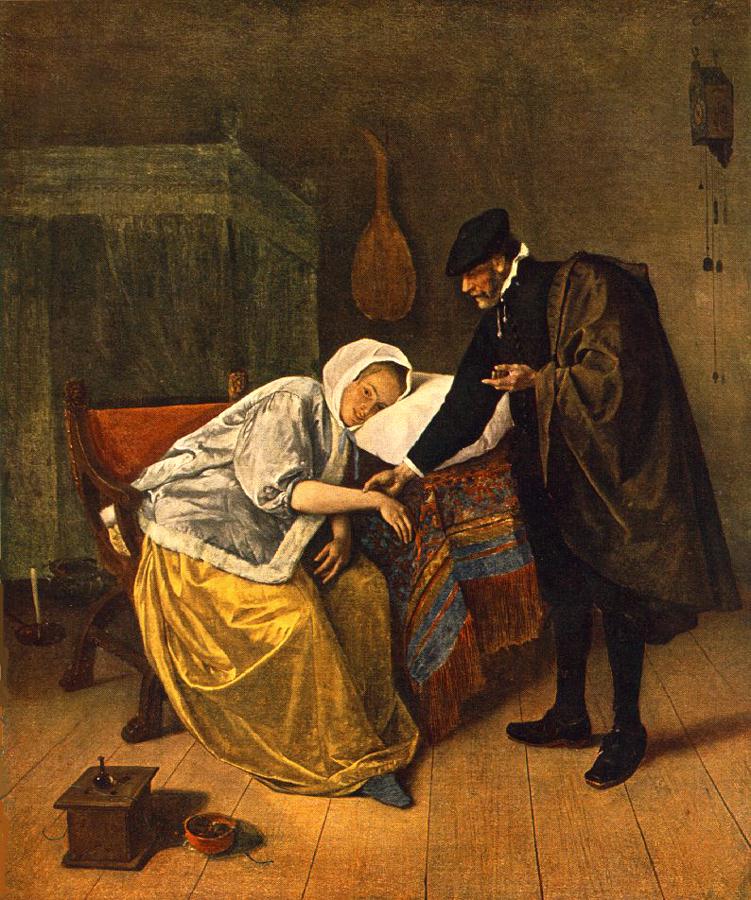- Two Thanksgiving Thoughts for the ACAPosted 10 years ago
- Shop til you Drop at the Healthcare Marketplace Part 2: Frustration!Posted 10 years ago
- An Early Casualty in the Affordable Care FightPosted 10 years ago
- Some Good News for a ChangePosted 11 years ago
Bedside Manner
 You used to hear a lot about a doctor’s bedside manner. Today you hear the term less. Perhaps this has to do with the reduced indications for hospitalization and shorter lengths of stay. In critical care units, patients may be unaware of bedside technique, owing to the severity of illness. Patients are also less apt to see their doctor while in bed because of the disappearance of house calls.
You used to hear a lot about a doctor’s bedside manner. Today you hear the term less. Perhaps this has to do with the reduced indications for hospitalization and shorter lengths of stay. In critical care units, patients may be unaware of bedside technique, owing to the severity of illness. Patients are also less apt to see their doctor while in bed because of the disappearance of house calls.
Bedside manner is today the art of medicine — communication, whether the doctor is encountered in the office or anywhere else. Patients have always wanted the doctor to spend time with them and listen, even as they know most doctors’ schedules are more demanding than ever. It is still the communication that matters most. Studies show that patients of good communicators will judge that the doctor spent more time with them than the clock shows. Most doctors learn that disappointing outcomes may be forgiven if the manner of communication has been satisfying.
Most doctors are not born to be another Charlie Rose or Barbara Walters. It takes time and intent. Good communicators are not necessarily great doctors. Over time I have seen great communicators with mediocre clinical judgment and brilliant specialists with terrible communication skills. Some excel at both, but they constantly work at their clinical and communication skills.
Doctor are now taught something of the art of medicine in their training. They learn that body language and negotiation skills count. So do recovery skills. They often learn, as I did, from observing experienced doctors who do this well. Outcomes improve when the communication and negotiation between doctor and patient went well.
Health care organizations frequently survey patients on the communication skills of their attending doctors. All kinds of questions can get asked. Good communicators are sometimes rewarded by these organizations. My experience is that this encourages the right kind of behavior in a profession that has been selected and trained to excel.
Patients can also learn how best to communicate with health professionals, writing down pressing questions and organizing their concerns in advance. Important research is occurring in this area. 
Tom Godfrey







